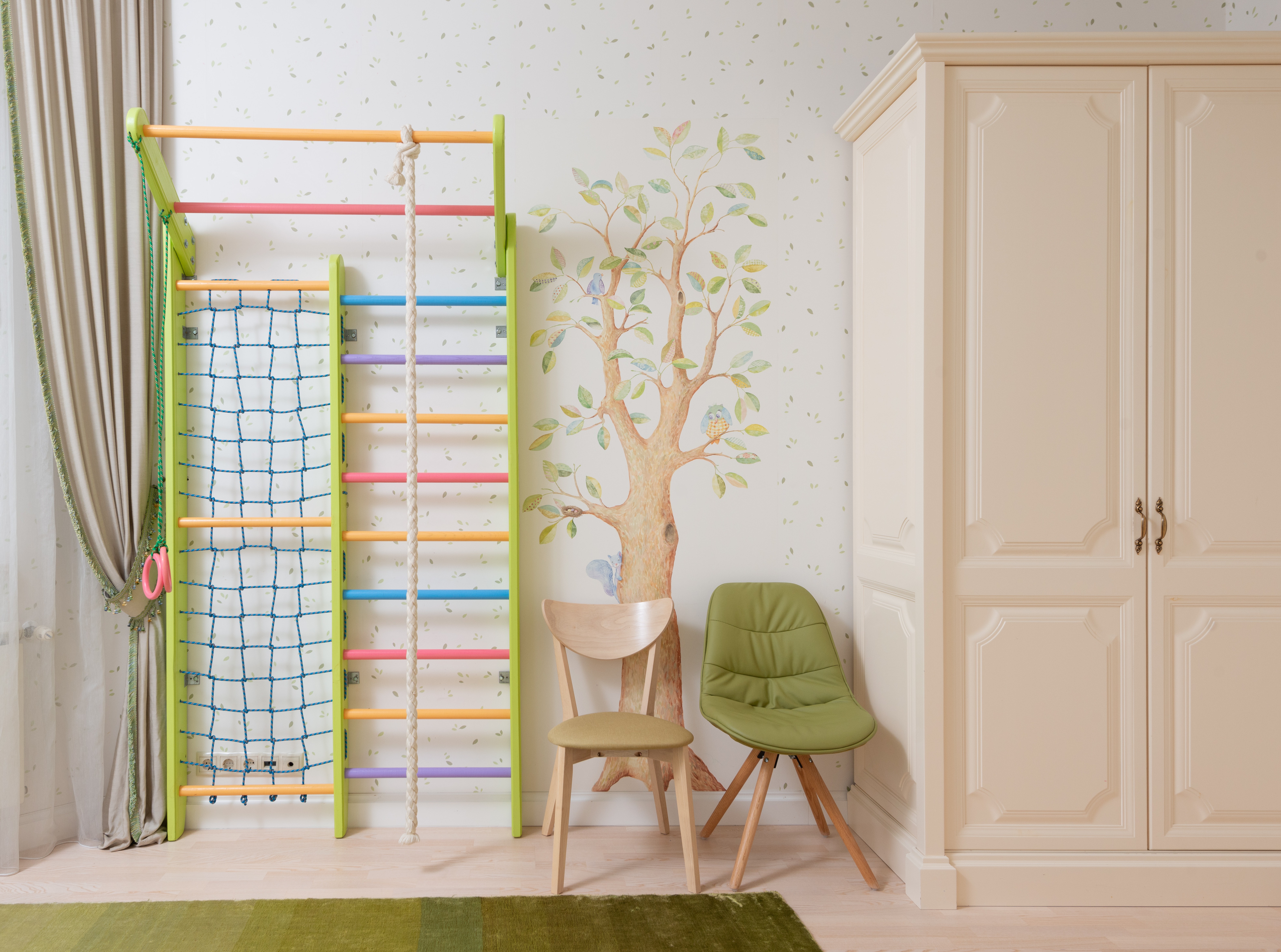Have you ever wished you could enjoy more of the “great outdoors” in the comfort of your home? Biophilic design is an innovative approach to architecture and interior design that aims to connect people with nature by incorporating natural elements and patterns into the built environment. It is based on the concept called biophilia which was explored by Harvard naturalist Dr. Edward O. Wilson, who popularized the hypothesis that humans have an innate desire to connect with nature. By integrating biophilic design principles into spaces like our homes, we can enhance our whole family’s health, well-being, and overall quality of life.

Biophilic design is grounded in scientific research and draws from various fields, including environmental psychology, evolutionary biology, and neuroscience. The theory behind biophilic design suggests that our connection with nature is deeply rooted in our evolutionary history. For millions of years, humans have lived in natural environments, and our brains have adapted to thrive in those settings. However, due to industrialization, we now spend most, if not all, of our time indoors in artificial environments, which can lead to a disconnect from nature and negatively impact our health and well-being.
The Science of Biophilic Design
Biophilic design highlights several fundamental principles studied by Terrapin Bright Green. The expert authors, contributors, and committee members of Terrapin Bright Green have established 14 patterns of biophilic design that can help reduce stress, expedite healing, improve our well-being, and enhance creativity. The 14 patterns include: Visual Connection with Nature, Non-Visual Connection with Nature, Non-Rhythmic Sensory Stimuli, Thermal & Airflow Variability, Presence of Water, Dynamic & Diffuse Light, Connection with Natural Systems, Biomorphic Forms & Patterns, Material Connection with Nature, Complexity & Order, Prospect, Refuge, Mystery and Risk/Peril.
How to apply biophilic design
The first few principles incorporate nature into the built environment through natural materials, such as wood and stone, as well as the inclusion of plants, water features, and natural lighting. These elements help create a sense of connection to nature and can positively impact our mood, reduce stress, and improve cognitive function. Our brains are wired to recognize and respond positively to natural patterns, such as fractals and curves. By incorporating these patterns into design elements like furniture, flooring, and artwork, we can create a more harmonious and soothing environment.

Another principle is to provide access to views of nature. Being able to see natural elements, such as trees, water bodies, or green spaces, has been shown to have numerous benefits, including improved concentration, increased creativity, and faster recovery from mental fatigue.
Biophilic design also emphasizes creating spaces that engage multiple senses. This can be achieved through the use of natural textures, scents, and sounds, such as the rustling of leaves or the sound of running water. Engaging our senses in this way helps evoke positive emotional responses and enhances our overall experience of a space.
By creating environments that mimic or incorporate natural elements, biophilic design seeks to restore our connection with nature and improve our overall health and well-being, productivity, and overall satisfaction with our surroundings. The principles of biophilic design are rooted in research from various fields and offer a holistic and sustainable approach to architecture and design in the modern world that we can enjoy right at home.






